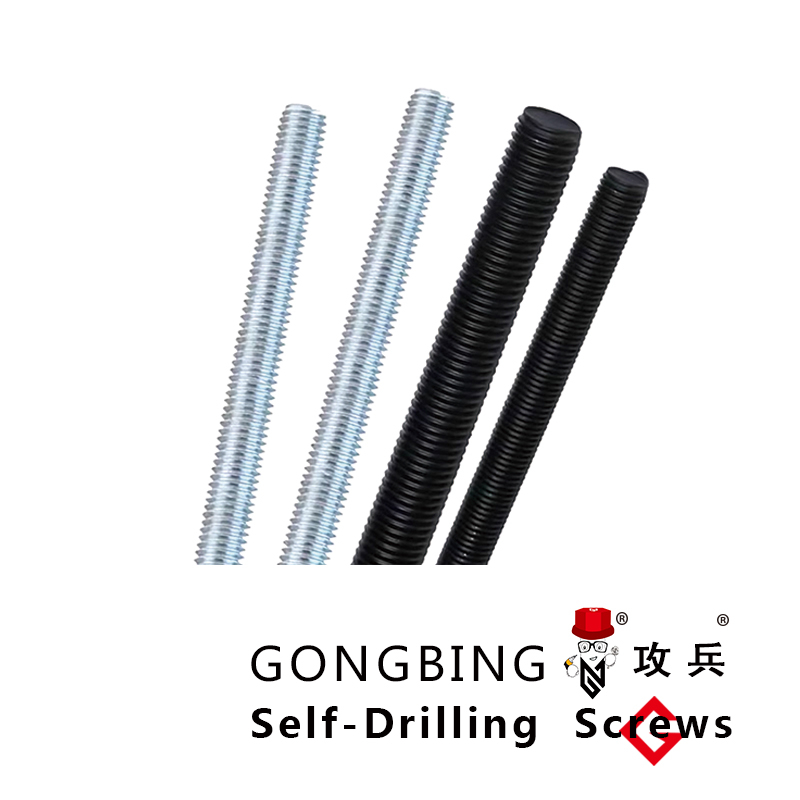screw expansion anchor
Understanding the Screw Expansion Anchor A Versatile Fastening Solution
In the realm of construction and woodworking, the choice of fasteners is crucial for ensuring safety, durability, and reliability. Among the various fastening solutions available, the screw expansion anchor stands out as a highly versatile and effective option. This article delves into the features, benefits, installation process, and applications of screw expansion anchors.
What is a Screw Expansion Anchor?
A screw expansion anchor, also known as a concrete screw anchor or expansion bolt, is a type of anchor designed to secure objects to solid materials, particularly concrete, masonry, or brick. Its unique design combines a screw and an expansion mechanism, which together create a strong bond once installed. The screw features external threads, allowing it to cut into the base material, while the expansion mechanism ensures a tight fit, preventing the anchor from pulling out under load.
Benefits of Using Screw Expansion Anchors
1. High Load Capacity Screw expansion anchors are known for their impressive load-bearing capabilities. When installed correctly, they can support significant weights, making them suitable for a wide range of applications, from hanging shelves to securing heavy machinery.
2. Ease of Installation One of the greatest advantages of screw expansion anchors is their simplicity. They can often be installed without the need for special tools, requiring only a drill and a driver. This user-friendly feature makes them accessible to both professionals and DIY enthusiasts.
3. Adjustability Unlike some permanent fastening solutions, screw expansion anchors allow for easy adjustments. If an installation needs to be moved or leveled, these anchors can be removed and reinserted without damaging the surrounding material.
4. Corrosion Resistance Many screw expansion anchors are made from galvanized or stainless steel, which enhances their resistance to rust and corrosion. This feature is particularly important in outdoor applications or environments exposed to moisture.
screw expansion anchor

Installation Process
Installing a screw expansion anchor typically follows a straightforward process
1. Drilling the Hole Use a drill with the appropriate bit size to create a hole in the substrate. The diameter and depth of the hole should match the specifications of the anchor being used.
2. Inserting the Anchor Place the screw expansion anchor into the drilled hole. For some types, it may require a light tap to ensure it is seated properly.
3. Driving the Screw Using a screwdriver or a drill, drive the screw into the anchor. As the screw is tightened, the anchor expands against the walls of the hole, securing it firmly in place.
4. Testing the Installation After installation, it’s important to test the anchor's stability and ensure it can handle the intended load safely.
Applications of Screw Expansion Anchors
Screw expansion anchors are widely used in various fields, including construction, industrial applications, and home improvement projects. Common applications include securing shelving units, mounting electrical fixtures, supporting plumbing fixtures, and attaching heavy equipment to concrete walls.
In conclusion, screw expansion anchors are an indispensable tool for anyone involved in construction or DIY projects. Their remarkable strength, ease of use, and adaptability make them a top choice for securing objects to concrete and masonry. Whether you're a seasoned contractor or a weekend warrior, understanding and utilizing screw expansion anchors can significantly enhance the quality and stability of your work.
-
Weatherproof Plastic Expansion Anchors for OutdoorNewsJun.06,2025
-
Sustainability in the Supply Chain: Eco-Friendly TEK Screws ProductionNewsJun.06,2025
-
Load-Bearing Capacity of External Insulation FixingsNewsJun.06,2025
-
Double Head Bolts: Enhancing Efficiency in Industrial MachineryNewsJun.06,2025
-
Corrosion Resistance in Chipboard Screws: Coatings for Wholesale DurabilityNewsJun.06,2025
-
Butterfly Toggle Bolts : Enhancing Structural ResilienceNewsJun.06,2025
